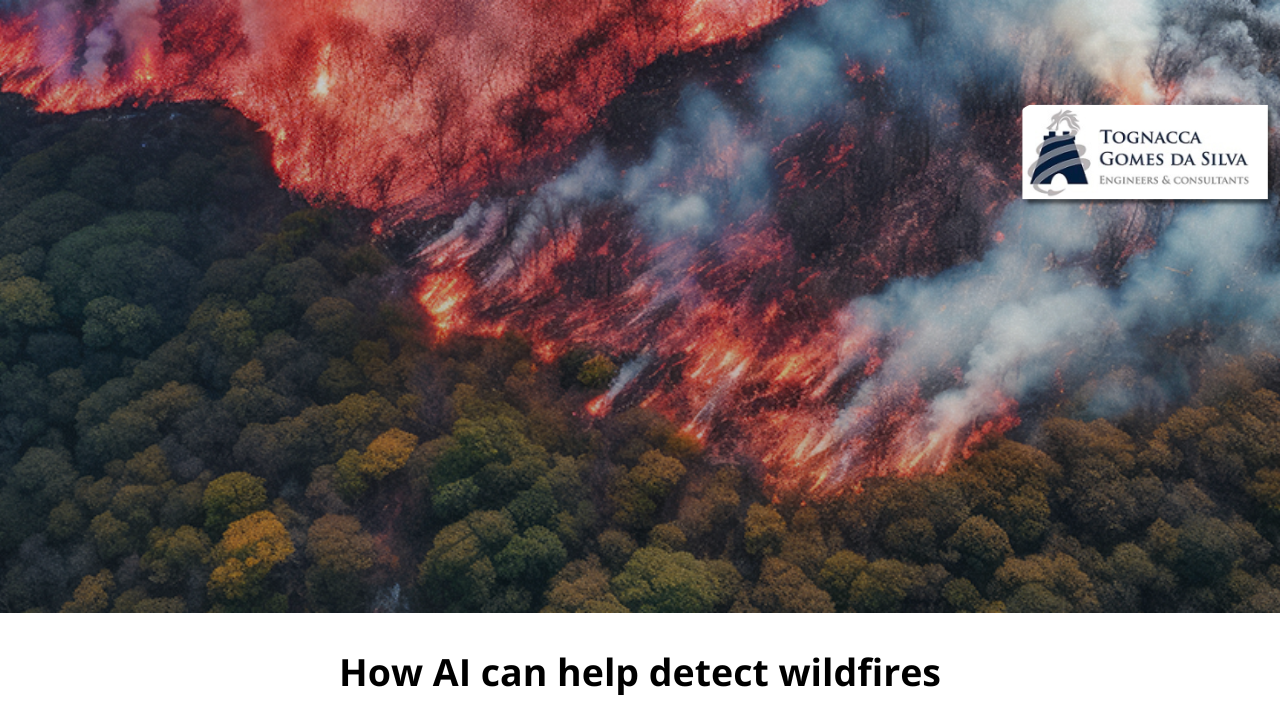In February 2024, a broken power pole downed power lines near the small town of Stinnett, Texas. Over the next few weeks, the fire, believed to have been caused by this electrical equipment, grew to burn more than 1 million acres, becoming the largest wildfire in the state’s history.
From fireworks to lightning, many factors can start a wildfire. While it is natural for many ecosystems to experience some level of fire activity, hotter, drier conditions brought on by climate change are fueling longer fire seasons and blazes that burn more territory.
This makes early fire detection increasingly crucial, and some groups are turning to technology to help. My colleague James Temple recently wrote about a new Google project to fund a network of satellites equipped with AI to detect wildfires. In the meantime, let’s look at how this project fits into the fire detection technology landscape and some of the challenges that still lie ahead.
The first moments of a fire’s progression are essential. Today, many fires are reported to authorities by passersby who spot them and call emergency services. Technologies can assist authorities by detecting fires earlier, before they turn into large, uncontrollable blazes.
One of these projects is called FireSat. It is an initiative of the Earth Fire Alliance, a collaboration between Google’s research and philanthropy arms, the Environmental Defense Fund, Muon Space (a satellite company), among others. This planned system of 52 satellites should be capable of detecting fires up to five by five meters, with images being updated every 20 minutes.
These wouldn’t be the first satellites to help detect wildfires, but many existing efforts can offer high-resolution images or frequent updates — not both, as the new project seeks to do.
A Germany-based startup called OroraTech is also working on launching new satellites specialized in detecting forest fires. The small satellites (about the size of a shoebox) will orbit close to Earth and use sensors to detect heat. The company’s long-term goal is to launch 100 of these satellites into space and provide images every 30 minutes.
Other companies are focusing on ground-based solutions, such as using cameras to help authorities identify, confirm and monitor fires. Pano AI is using high-tech camera stations to detect fires earlier. The company mounts cameras at high points, such as mountaintops, and rotates them to get a 360-degree view of the surrounding area. Pano AI claims its technology can detect fire activity within a 15-mile radius. The cameras work in conjunction with algorithms that automatically send alerts to human analysts when a possible fire is detected.
Having more tools to help detect wildfires is great. But whenever I hear about these efforts, I think of two big challenges for this area.
First, prevention of any kind is often undervalued, as a problem that never occurs seems less urgent than one that needs to be resolved.
Pano AI, which already has some camera stations installed, points to examples in which its technology detected fires earlier than reports made by passersby. In one case in Oregon, the company’s system issued an alert 14 minutes before the first emergency call was made, according to a report provided to TechCrunch.
It makes sense to think that detecting a fire early is a good thing. And modeling can show what could have happened if a fire hadn’t been detected in time. However, it’s really difficult to determine the impact of something that didn’t happen. These systems will need to be used for a long period of time, and researchers will have to carry out large-scale and systematic studies to be able to say with certainty how effective they are in preventing destructive fires.
Another complicated aspect is the cost. It is in the public interest to prevent forest fires, which not only emit greenhouse gases but also put human lives at risk. But who will pay for this?
Each Pano AI station costs around US$50,000 per year. The company’s customers include utility companies, which have an interest in ensuring that their equipment does not start fires and in monitoring flames that could damage their infrastructure.
Power utility Xcel, whose equipment allegedly caused the Texas fire earlier this year, is facing lawsuits over its role. And utilities can incur big costs after fires. Last year’s deadly fires in Hawaii caused billions of dollars in damage, and Hawaiian Electric recently agreed to pay about $2 billion for its role in those fires.
The Earth Fire Alliance’s proposed satellite system will cost more than $400 million in total. The group has already secured about two-thirds of the funding needed for the first phase of the program, which includes the first four launches, but it will still need to raise a lot more money to make its constellation of AI-equipped fire detection satellites a reality.
( fonte: MIT Techonology Review )



